
Taking care of your pearly whites isn’t rocket science, but it’s easy to slip into habits that could cause heartache—er, toothache—in the long run. We got the latest on giving your teeth the TLC they need from two New York City pros. Alice Lee, DDS, an assistant professor in the Department of Dentistry for Montefiore Health System, and Alison Newgard, DDS, an assistant professor of clinical dentistry at Columbia University College of Dentistry, will clue you in on where you could be going wrong.
Multitasking while you brush
Every minute in the morning feels precious, so it’s tempting to brush your teeth in the shower or while scrolling through your Twitter feed. “To each his own,” says Dr. Newgard, “but I prefer patients to be in front of a mirror, over the sink; you can be sure to hit all the surfaces of your teeth, and you’ll do a more thorough job when you’re not distracted.” Better to leave the bathroom a few minutes later having given proper attention to each step of your prep.
Overcleaning your toothbrush
Thinking about running your brush through the dishwasher or zapping it in the microwave to disinfect it? Think again: While we’ve all seen those stories about toothbrushes harboring gross bacteria, the CDC says there’s no evidence that anyone has ever gotten sick from their own toothbrush. Just give your brush a good rinse with regular old tap water, let it air-dry, and store it upright where it’s not touching anyone else’s brush. More drastic cleaning measures may damage your brush, the CDC notes, which defeats its purpose.
Using social media as your dentist
The web is full of DIY dental tips that can hurt much more than they’ll help. Read our lips: Don’t even go there. “I’ve heard of patients who go on Pinterest and find ways to whiten their teeth there—by swishing with straight peroxide, for example—which are not good for their teeth,” Dr. Newgard says. “Use ADA-approved products that have been tested.” (Another online tip to skip: trying to close up a gap in your teeth with DIY rubber band braces.)
5 Horrible Habits You Need to Stop Right Now



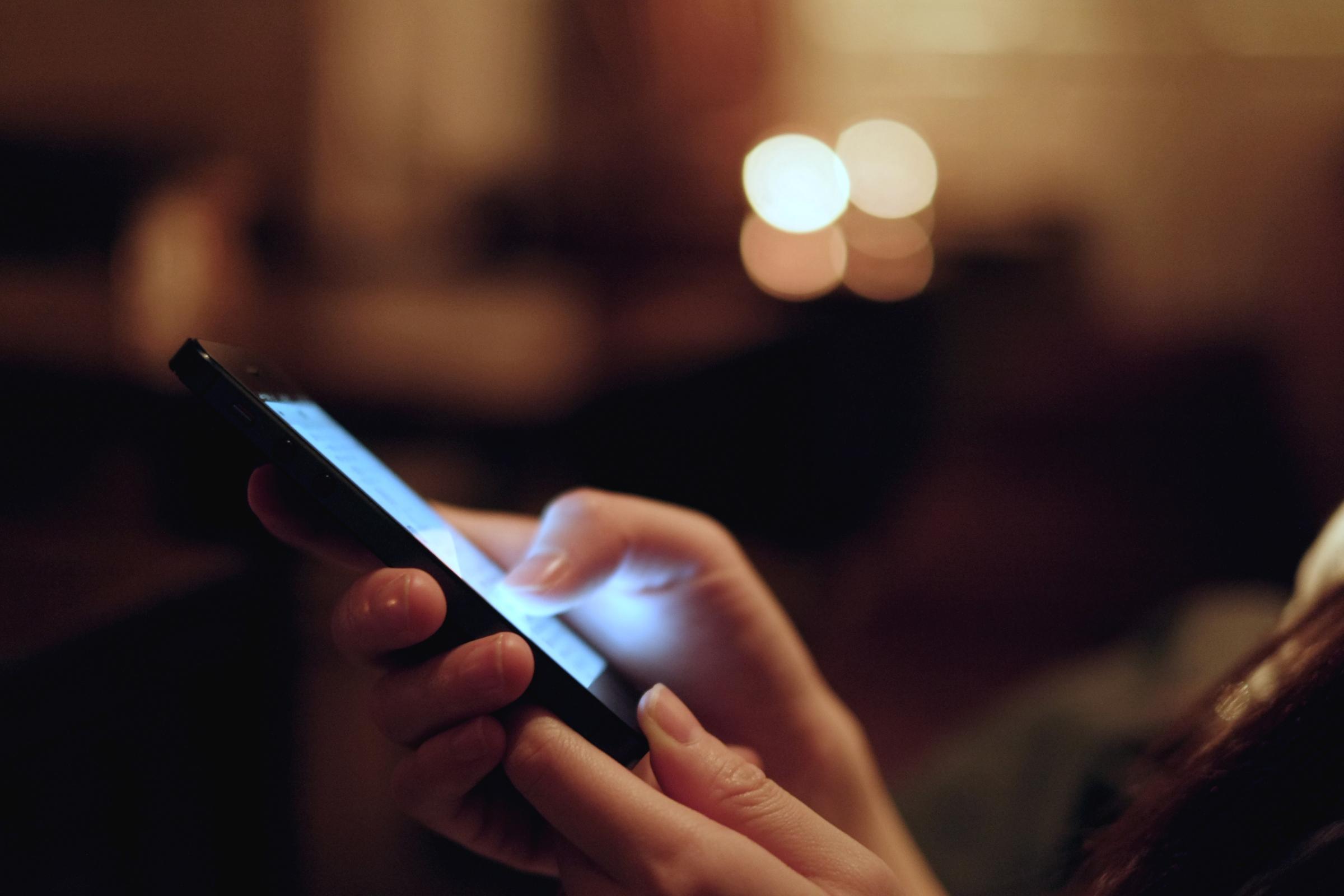
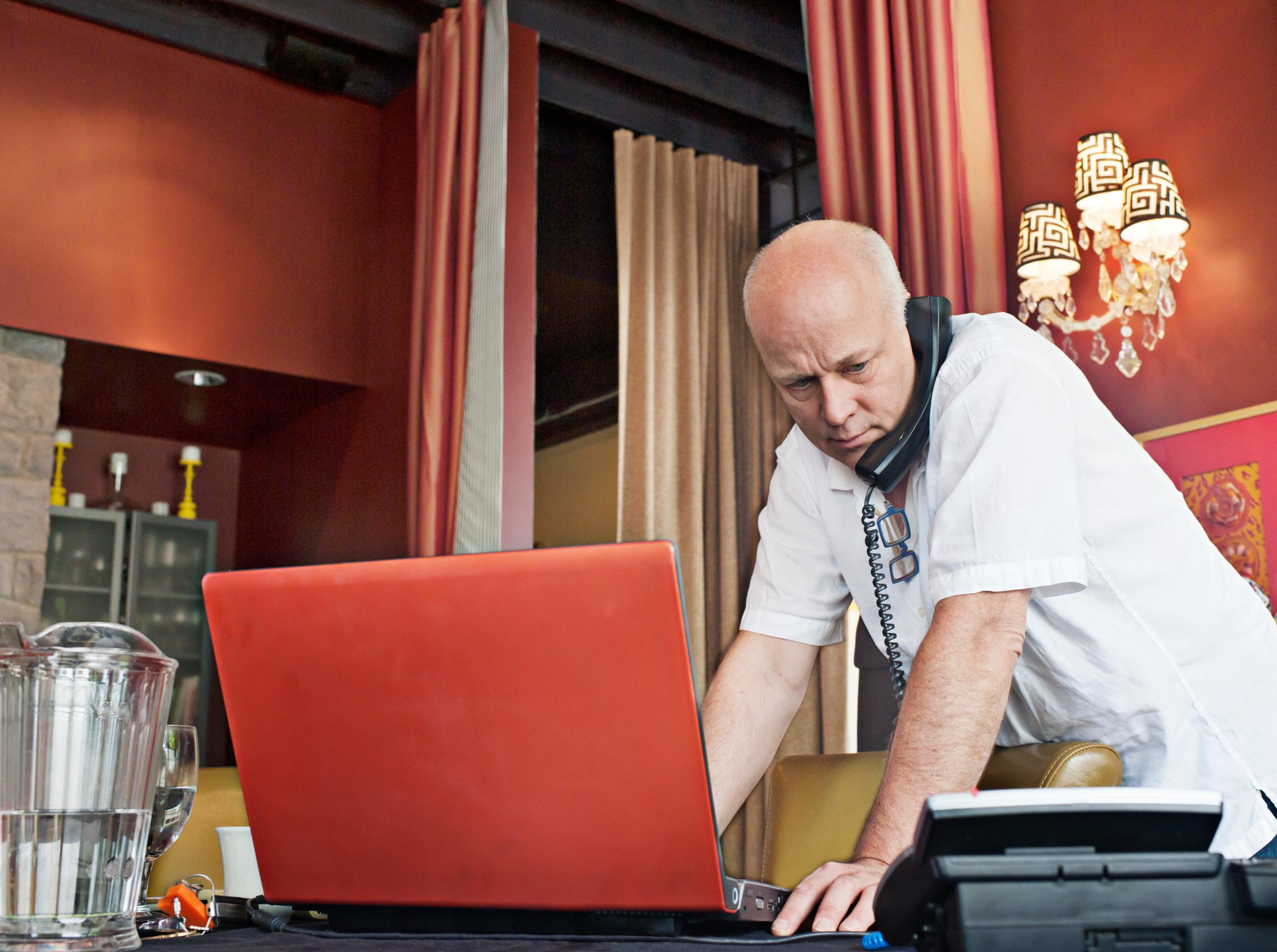
Avoiding x-rays
There have been several recent scares about dental x-rays, including a 2012 study published in the journal Cancer reporting a possible link between dental x-rays and benign brain tumors. However, the American Cancer Society notes that the study does not establish that x-rays actually cause the tumors, and that some people in the study had x-rays years ago, when radiation exposure from dental x-rays was much higher. “X-rays are important because not all conditions can be identified with a visual exam,” says Dr. Lee. “For example, there might be cavities between the teeth, or there might be a cyst or other pathology in the jaw.” If you’re concerned about radiation, talk to your dentist about ways to minimize the number of x-rays you get.
Storing your wet toothbrush in a travel case
It’s important to stow your brush somewhere sanitary before you tuck it into your luggage for a trip—and equally important to set it free once you unpack. “Bacteria thrives in moist environments,” says Dr. Lee. “While you should use a cover or case during transport, make sure you take your toothbrush out and allow it to air dry when you reach your destination.” No stand-up holder in your hotel room? If you’ve got a cup for drinking water, that’ll do just fine.
Hanging on to that tongue or lip piercing
Self-expression is well and good, but when it takes the form of a tongue barbell or lip ring, it can come at a high price. “I’ve treated patients who fractured or chipped their teeth from biting on their piercings,” Dr. Lee says. “I’ve also had patients with gum recession and other soft-tissue injuries from their piercing rubbing against tender areas of the mouth.” Had your piercing for ages with no trouble, you say? Just wait: Studies have shown that your risk of dental problems from tongue and lip piercings gets worse the longer you have them.
Drinking apple cider vinegar
According to assorted Hollywood celebrities and natural health experts, drinking unfiltered apple-cider vinegar can have near-miraculous effects on your insides. Research doesn’t support those claims, but dentists are sure of one thing: The acetic acid in the vinegar is terrible for your tooth enamel. When it comes downing ACV (as proponents call it), Dr. Newgard says, even a good rinse with water afterward might not mitigate the quaff’s potential damage: “I just think you shouldn’t use it at all.” (Our suggestion: Instead of drinking apple cider vinegar straight, try it in a vinaigrette, or use it to soothe sunburn or get chlorine out of your hair.)
Ditching your retainer
If you once had braces, whether as a teen or as an adult, it’s smart to keep wearing your retainer for as long as your orthodontist recommends—which may mean several nights a week, forever. “A patient will have perfect teeth from braces,” Dr. Newgard says, “and then they won’t wear a retainer at night and their teeth will shift and they’ll be unhappy all over again.” Honor thy adolescent self, and keep those teeth in line for good. (Got a fixed retainer? Be sure to keep the device clean: “They can be plaque traps,” Dr. Newgard says.)
Brushing right after your morning OJ
Like to start your day with a glass of orange juice—or oh-so-trendy lemon water? Brushing right afterward can wear away your enamel. “The acidic environment weakens the teeth enamel and erosion can occur during this vulnerable period,” Dr. Lee says, “so neutralize your mouth first by drinking milk or water, or rinsing with a baking soda solution—or just waiting 30 minutes.” The same goes for vomiting, Dr. Lee says, since that’s acidic, too. (Gross but true!) If you’ve thrown up, be sure to rinse before scrubbing out your mouth.
Ignoring your daily (or nightly) grind.
While mild bruxism—that is, clenching your teeth or grinding your jaw—might not seem like a big deal, severe cases can lead to everything from chipped and worn teeth to headaches, jaw trouble, and even changes in facial appearance. It’s hard to know if you grind your teeth at night if a partner doesn’t tip you off, of course, but if you experience telltale signs such as jaw soreness or a dull, constant headache, make haste to the dentist; he or she can fit you with a mouth guard to protect you from additional damage.
Smoking
You already know smoking is bad for your lungs and heart. In case you need another reason to quit smoking: Besides the bad breath and stained teeth, smoking is one of the most significant risk factors associated with the development of gum disease (and the gum recession, bone loss, and tooth loss that come with it), according to the National Institute of Dental and Craniofacial Research. Worse yet, smoking can also lower your chances for successful treatment if you’ve already got gum disease, since nicotine compromises your body’s ability to fight infection.
Reaching for a toothpick
While those old-school sticks can certainly come in handy when food gets stuck between your teeth at a restaurant on date night (or when a fictional tough guy needs to look cool), the truth is that wooden toothpicks are poor substitutes for dental floss: They can splinter and break, and using them too aggressively can cause damage to sensitive gum tissue. Take a pick if you’re in dire need (or if you’re in an action movie), but know that they’re far better suited to an hors d’oeuvres tray than they are to your mouth.
Skipping dentist appointments
Hate sitting in the dentist’s chair? The very best trick for short-circuiting anxiety about going to the dentist is—surprise—going to the dentist. “Most patients who don’t like to come in feel that way because when they do, they need a lot of work,” Dr. Newgard says. “If you’re in every six months for your checkups, you’re less likely to run into problems.” Moreover, dentists are beginning to employ everything from serene, spa-like settings to animal-assisted therapy (that is, a gentle dog who sits beside you at your appointment) to alleviate patient discomfort; you can find a dental practice in your comfort zone.
Going overboard with bleach
This one should be a no-brainer: “Overbleaching teeth can lead to weakened enamel and teeth sensitivity,” says Dr. Lee. Ironically, enamel loss exposes the layer of dentin beneath it, making your teeth look dingy rather than pearly. Little is known about the long-term effects of whitening, but the bottom line is that you should consult your dentist—that is, the professional who knows your teeth and is best equipped to suggest an in-office treatment or over-the-counter product that’s right for you—and use the whitener they recommend in moderation.
Not drinking enough water
If your part of the country fluoridates its water (find out by visiting the CDC’s My Water’s Fluoride page), you’re in luck: The simple act of sipping tap water can help strengthen your teeth. (Prefer bottled? Some bottled waters have fluoride, and some don’t; if it’s not listed as an ingredient in the one you favor, Dr. Newgard says, it’s extra-important to use toothpaste with fluoride.) Swishing with and drinking water is also an important way to rinse accumulated sugars and acids from your teeth.
You Asked: Your Top 10 Health Questions Answered
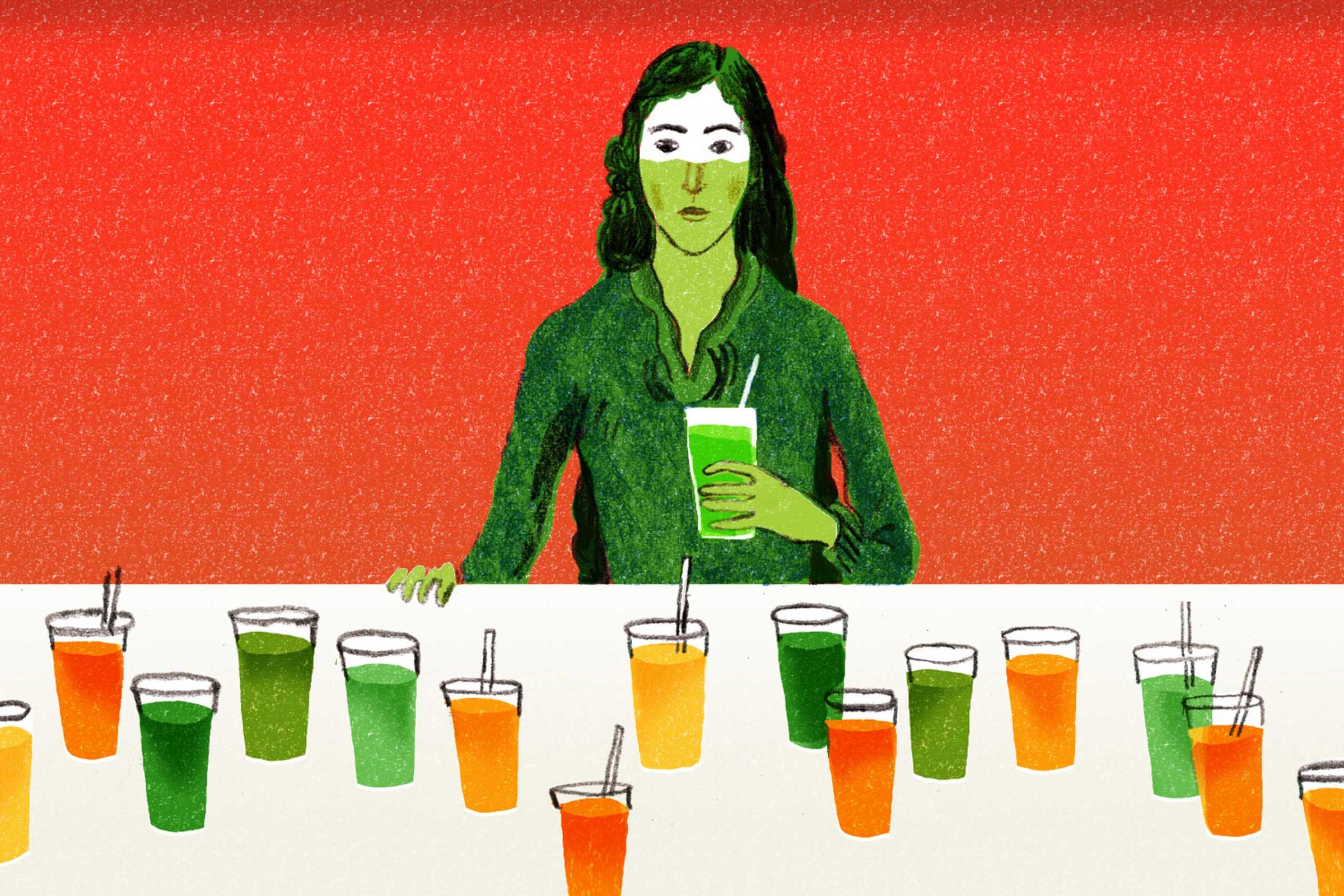

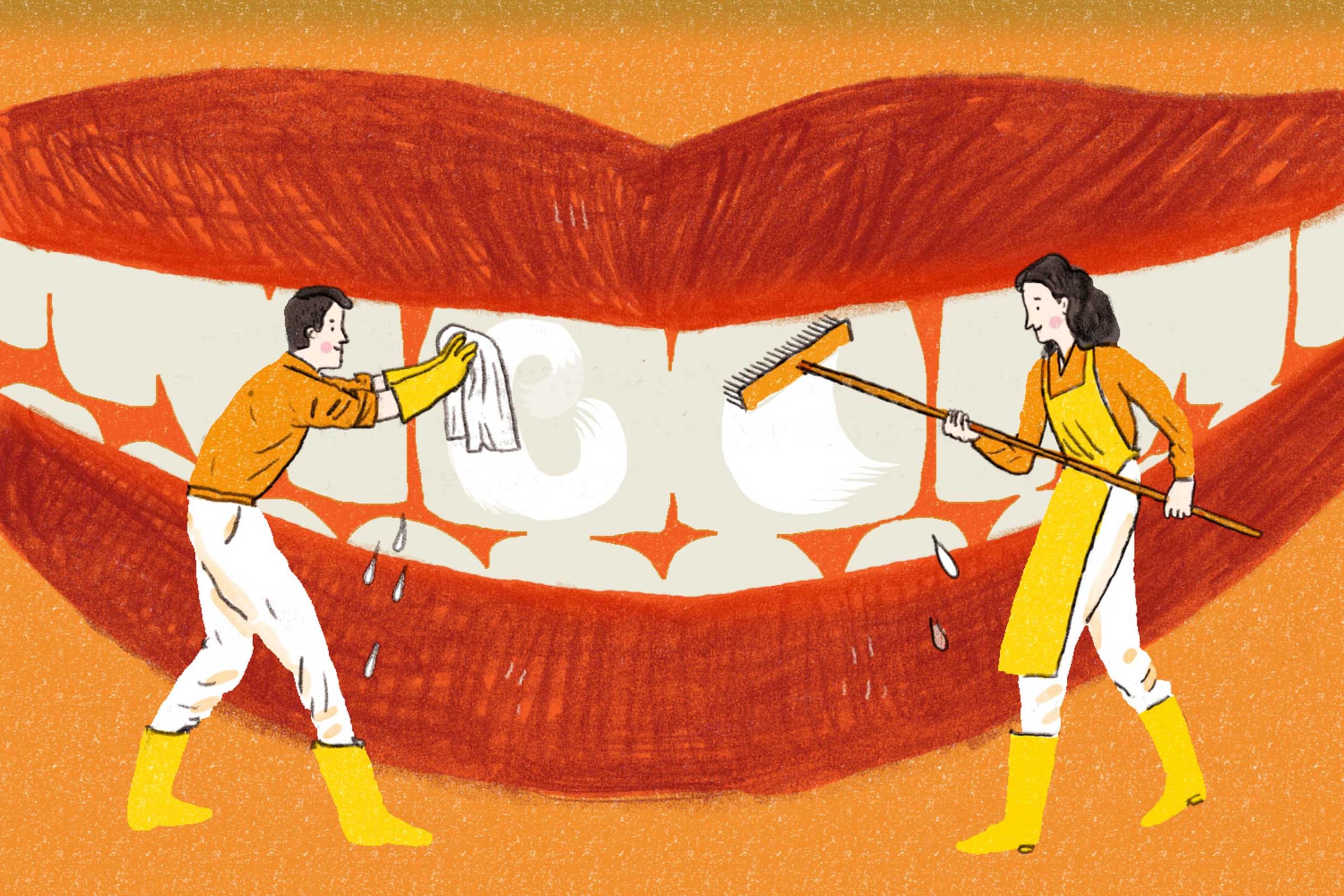

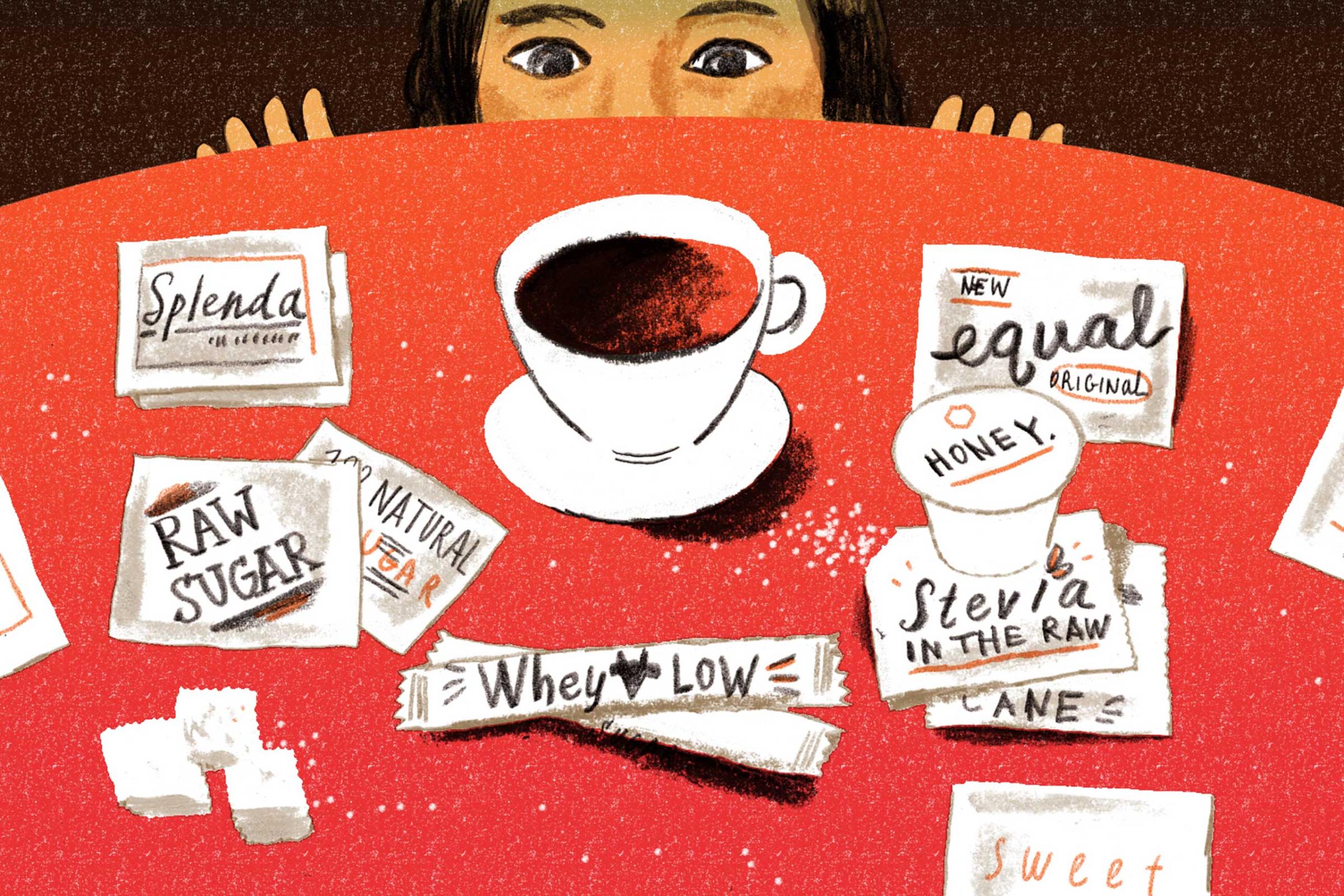



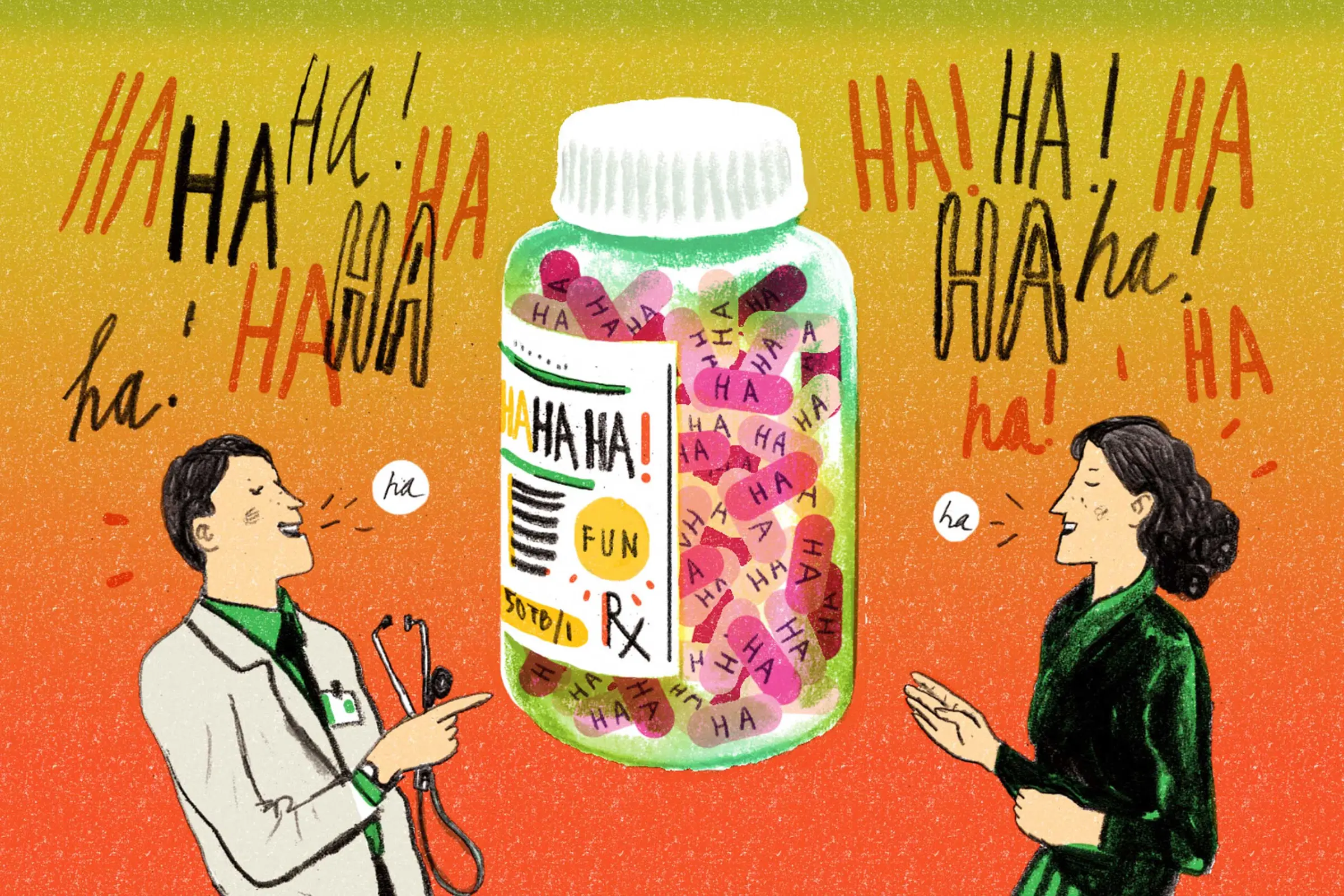

Skimping on calcium and vitamin D
Minerals and vitamins are building blocks for bones and teeth, of course, but they’re also key to maintaining their strength and density as we age—and these two are bones’ strongest allies. According to the National Osteoporosis Foundation, adult women need 1,000-1,200 milligrams of calcium and 400-1,000 IU (international units) of vitamin D per day from food, sunlight (for vitamin D) and supplements. Consult your GP on your nutrient needs and be sure your teeth and bones are getting the support they need.
Getting addicted to juicing
Everyone loves juicing these days, whether it’s homemade juice or a fancy bottled variety. But while they might be packed with vitamins and other nutrients, fresh juices also bathe your mouth in everything from corrosive acids (in ingredients like lemon juice) to megadoses of sugar (the high levels of fructose in many green juices aren’t doing your teeth any favors). If you can’t bid farewell to your brightly-bottled health promises, do your best to minimize their damage to your choppers: rinse with water after acidic juices, and be sure to brush your teeth after those fruity sugar bombs.
Using a brush that’s too hard
Like wooden toothpicks, hard-bristled brushes are tough-looking instruments that tend to cause more problems than they solve. Effective as they might seem, “harder bristles can erode your enamel,” Dr. Lee says. “I only recommend soft or extra-soft toothbrushes.” Research indicates that your gums will suffer from tough brushes as well: A 2011 study published in the Journal of Periodontology found that while hard-bristled toothbrushes removed plaque, they were also more likely than softer brushes to cause gingivitis and tissue damage. Ouch!
Reaching for the wrong mouth rinse
There are as many ways to wash that gunk right out of your mouth as there are types of gunk to have in your mouth. “Cosmetic” rinses, for example, will merely control bad breath and leave you with a pleasant taste in your mouth. Therapeutic rinses with ingredients like antimicrobial agents and fluoride, on the other hand, can actually help reduce gingivitis, cavities, plaque, and bad breath. (Fluoride rinses aren’t recommended for children under 6, as they might swallow instead of spitting.)
Drinking soda (yes, even the diet stuff)
Isn’t it enough to kick sugar to the curb and indulge in sodas without it? We won’t go so far as to say it’s as bad for your teeth as meth addiction, as a report (on one subject who drank two liters of soda per day and already had poor dental hygiene) did in 2013. But you should know that all acidic drinks—regular sodas, diet sodas, even sports drinks, according to a 2008 study—can cause tooth erosion. Does that mean giving them up once and for all? Indulging ourselves doesn’t always mean doing what’s best for your teeth, of course, but knowing how habits affect your body is the first step in being happy and healthy. We’ll raise a glass of (fluoridated) tap water to that.
This article originally appeared on Health.com
More from Health.com:
Coffee
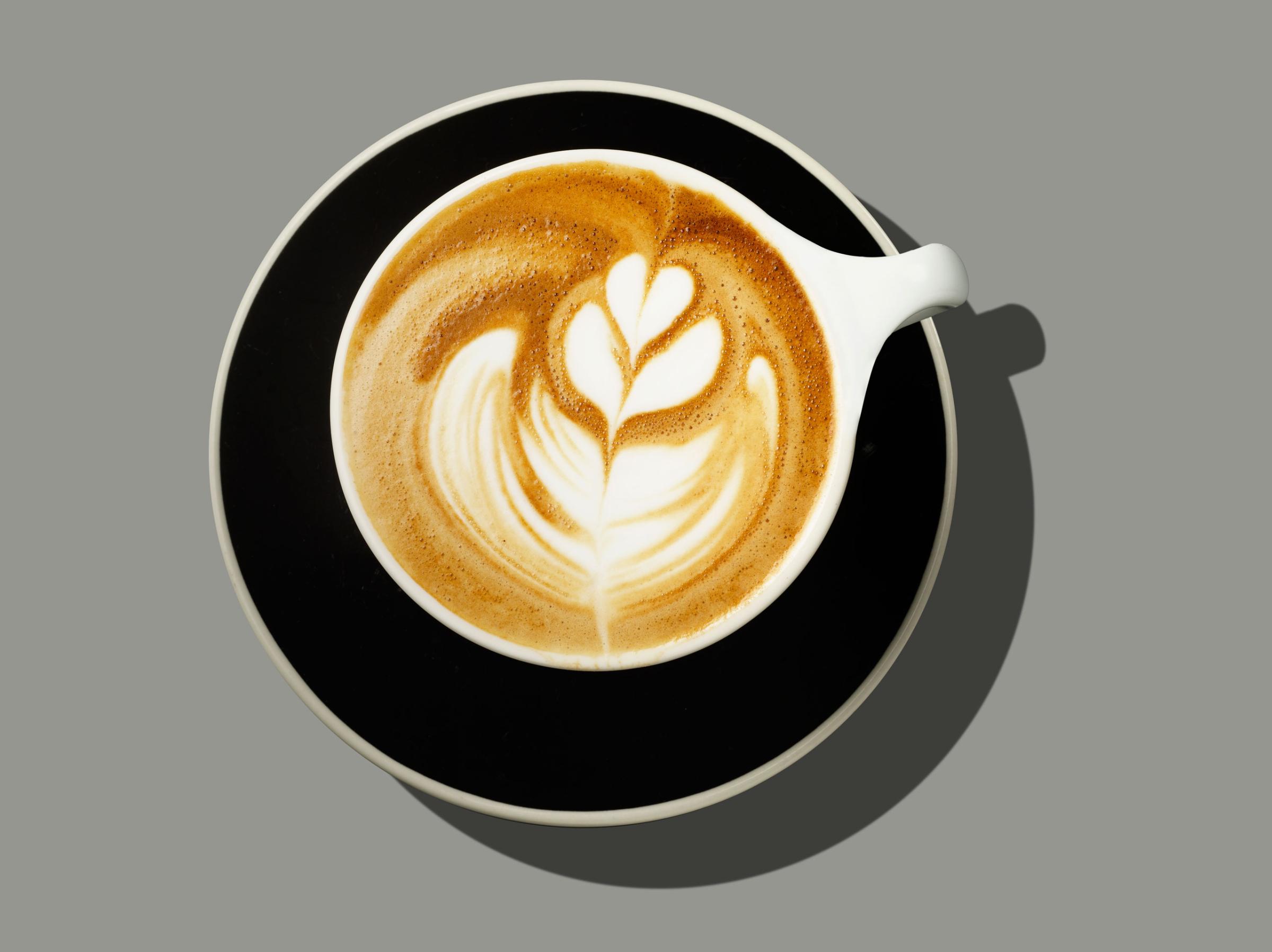
Grabbing some java every morning doesn’t just jump-start your day—that cup of joe has bioactive compounds that may help protect your skin from melanoma (the fifth most common cancer in the U.S.), according to a recent report in the Journal of the National Cancer Institute. Researchers found that the more coffee people downed, the less likely they were to get the disease: Those drinking four cups daily had a 20 percent lower risk of developing malignant melanoma over a 10-year period than non-coffee drinkers.
Watermelon
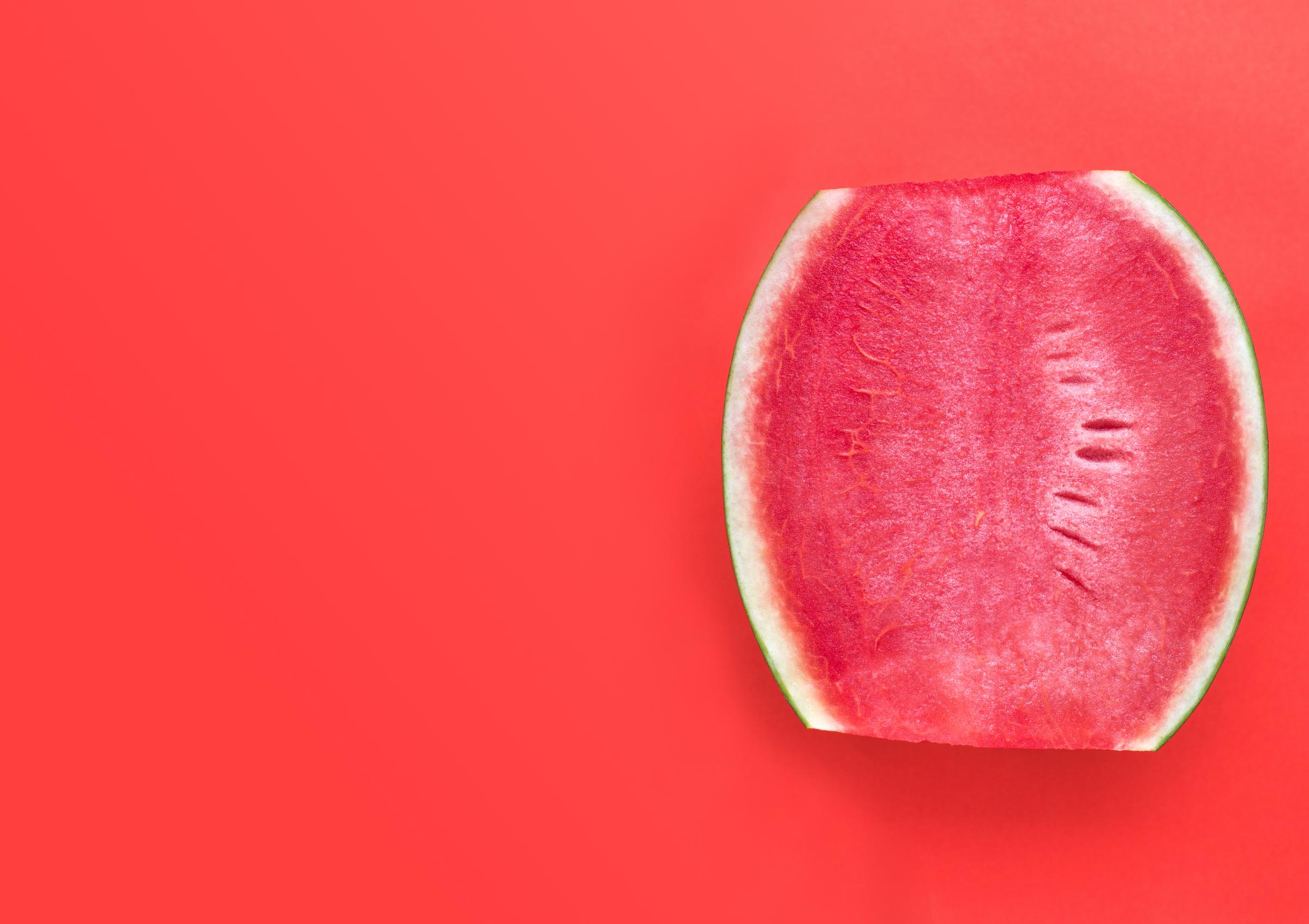
The summertime fave is loaded with lycopene. “This antioxidant compound gives watermelon and tomatoes their red color—and helps skin stave off UV damage,” says nutrition pro Keri Glassman, RD, founder of NutritiousLife.com. Researchers believe that the melon contains as much as 40 percent more of the phytochemical than raw tomatoes; that’s the equivalent of an SPF 3, so use it to bolster (not replace) your daily dose of sunscreen.
Pomegranates

The seeds of this wonder fruit are bursting with antioxidants, like vitamin C, that prevent fine lines, wrinkles and dryness by neutralizing the free radicals that weather skin. A study in the American Journal of Clinical Nutrition found that higher vitamin C intake lessened the likelihood of dryness and wrinkles in middle-aged women. Also in the fruit’s arsenal: anthocyanins (which help increase collagen production, giving skin a firmer look) and ellagic acid (a natural chemical that reduces inflammation caused by UV damage).
Blueberries
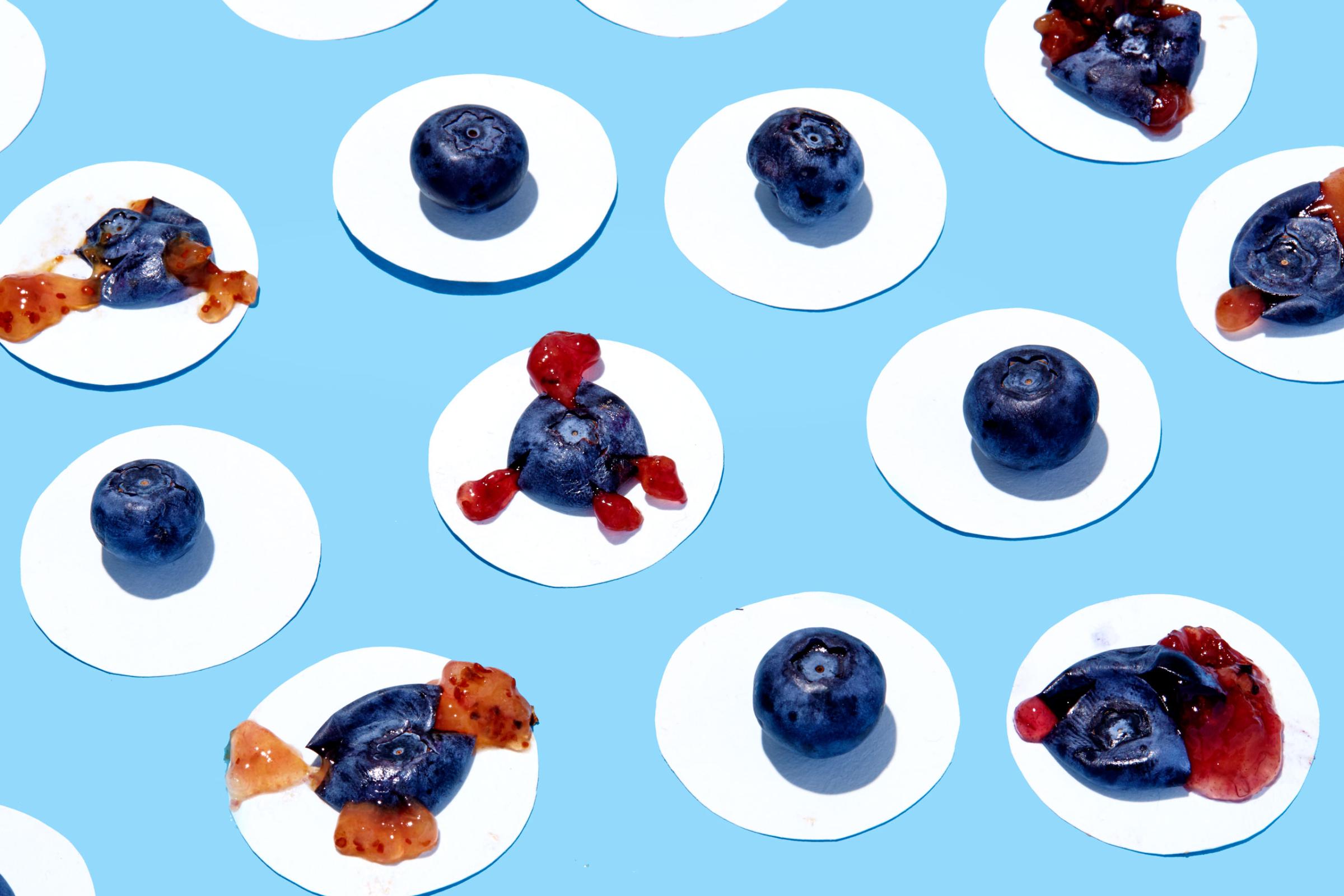
Boost radiance by popping some of these plump little beauties. Blueberries supply vitamins C and E (two antioxidants that work in tandem to brighten skin, even out tone and fight off free-radical damage), as well as arubtin, “a natural derivative of the skin lightener hydroquinone,” Dr. Zeichner says.
Lobster

High in zinc, shellfish has anti-inflammatory properties that can help treat a range of skin annoyances, acne included. “Zinc accelerates the renewal of skin cells,” says Whitney Bowe, MD, clinical assistant professor of dermatology at the Icahn School of Medicine at Mount Sinai. “That’s why you find the nutrient in many acne medications.” In fact, research shows that people with acne have lower levels of zinc than people with clear skin.
Kale
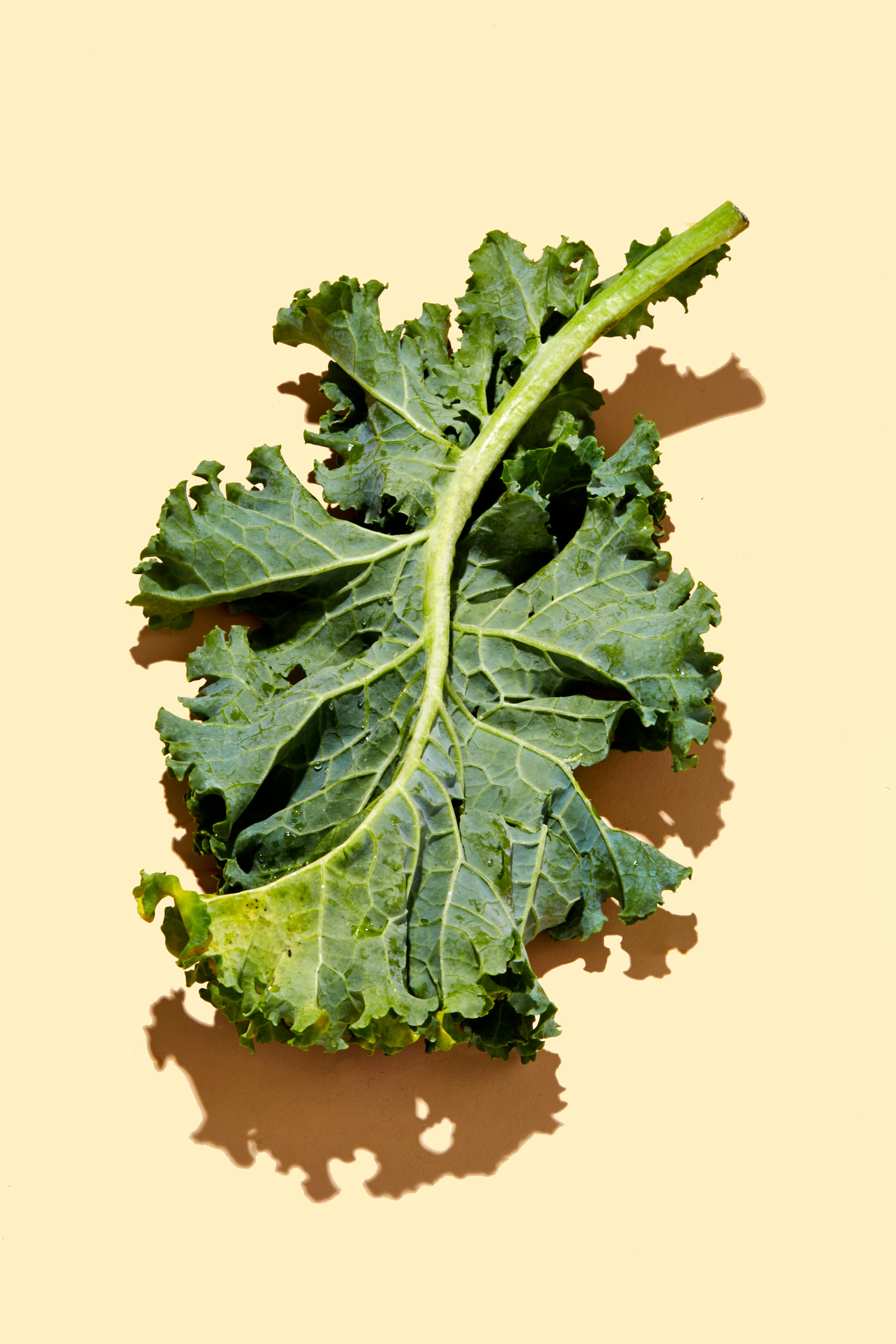
On the long list of this leafy green‘s nutrients are vitamin K (it promotes healthy blood clotting, so the blood vessels around the eyes don’t leak and cause Walking Dead-like shadows) and loads of iron. “Insufficient levels of iron in your diet can cause your skin to look pale, making it easier to spot blood vessels under the skin,” explains Howard Murad, MD, associate clinical professor of medicine at UCLA. To max out the benefits, eat the veggie cooked, not raw.
Eggs
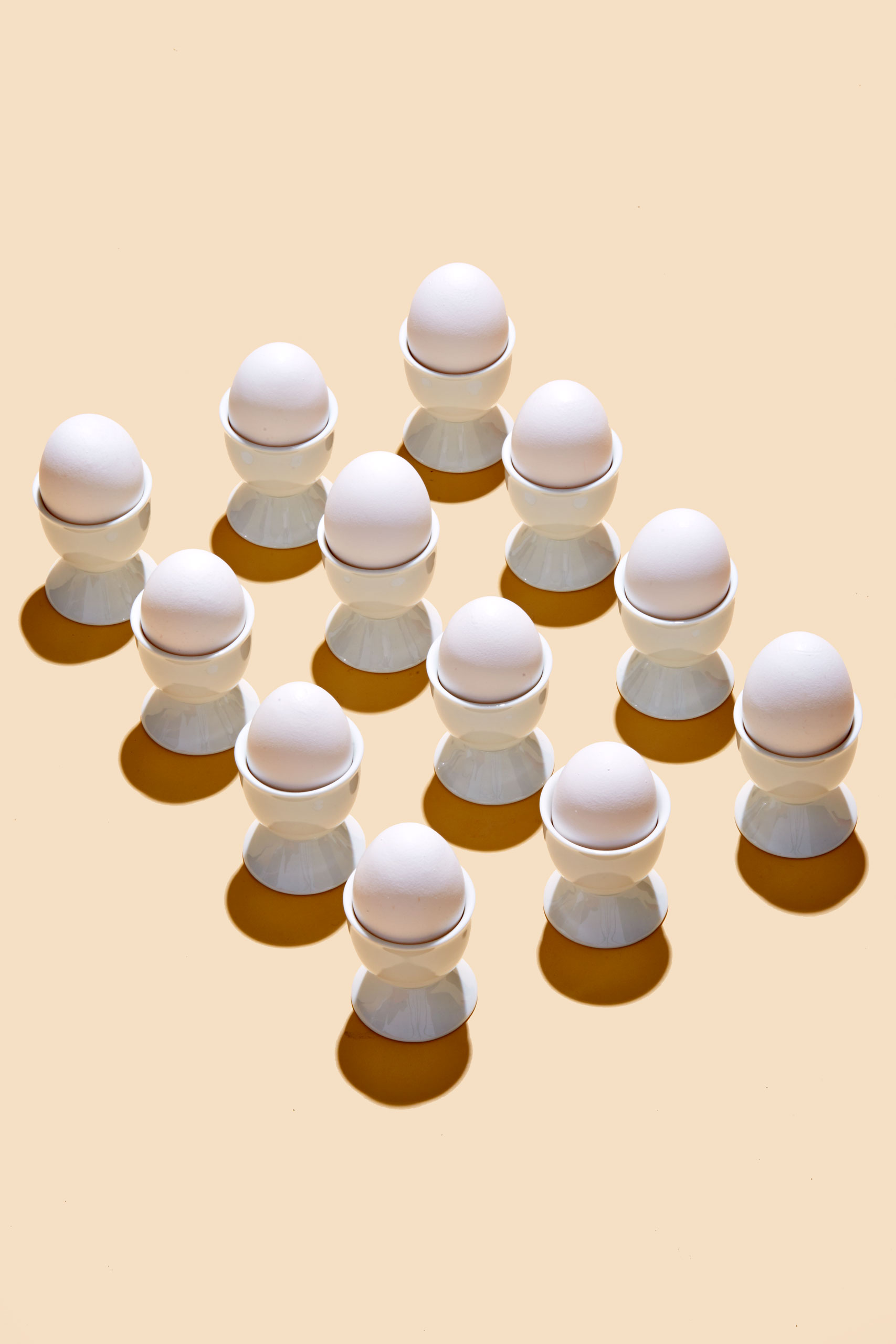
Your fingernails (toenails, too) are made of protein, so a deficiency can turn those talons soft. Keep yours thick and mani-pedi-ready by cracking smart: “Eggs are a good source of biotin, a B complex vitamin that metabolizes amino acids, which are the building blocks of protein,” says Frank Lipman, MD, director of Eleven-Eleven Wellness Center in New York City.
Walnuts
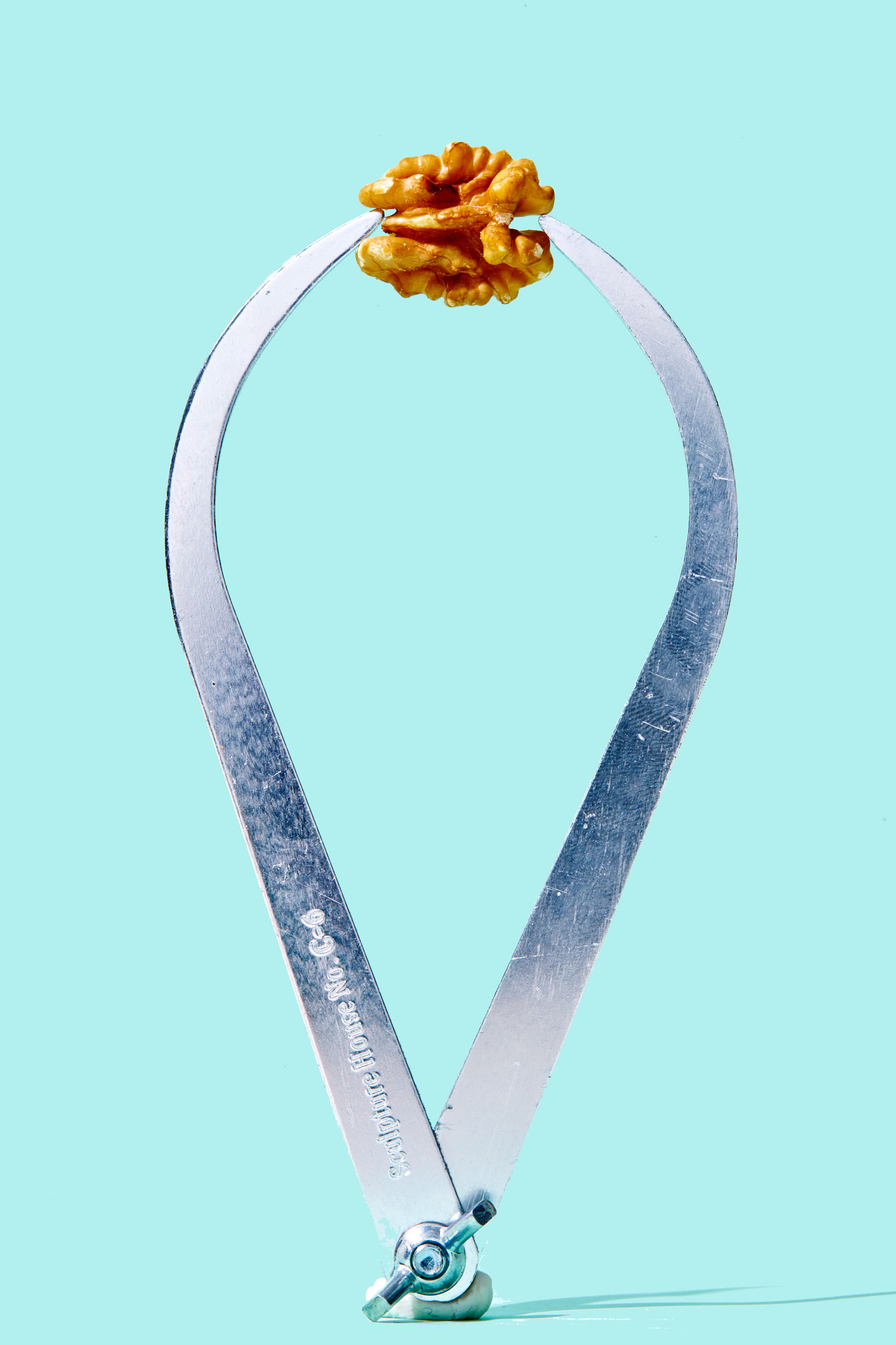
Omega-3 fatty acids (found in the natural oils that keep your hair hydrated) and vitamin E (which helps repair damaged follicles) are two secrets behind strong, lustrous strands—and these nuts are full of both, Dr. Lipman says. All you need is 1/4 cup a day. What’s more, walnuts are packed with copper, which will help keep your natural color rich: Studies show that being deficient in the mineral may be a factor in going prematurely gray.
Avocado
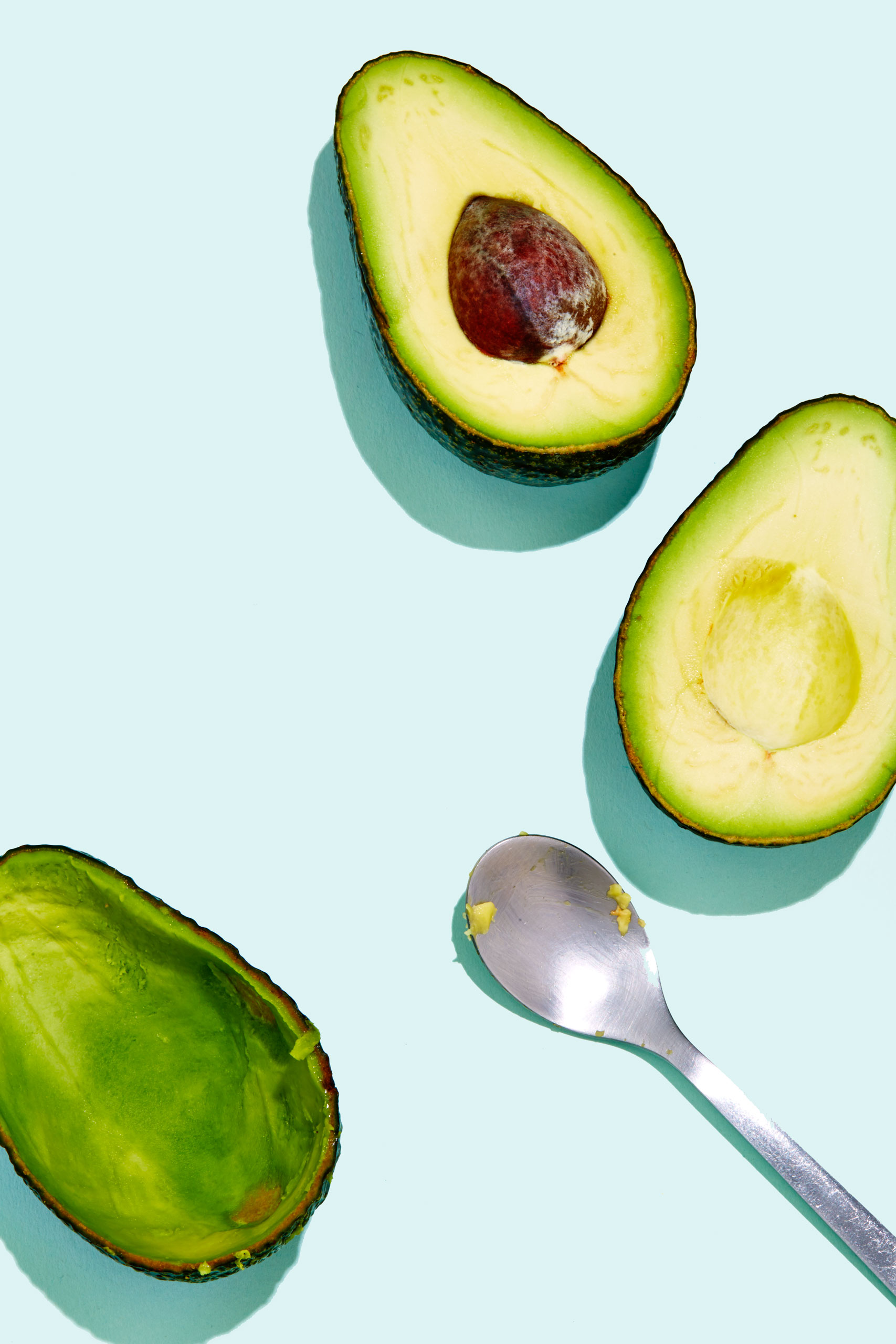
Like you need another reason to love them: These rich fruits are high in oleic acid, an omega-9 fatty acid that helps skin retain moisture in the outer layer to keep it soft, plump and supple, Dr. Bowe says.
Cantaloupe
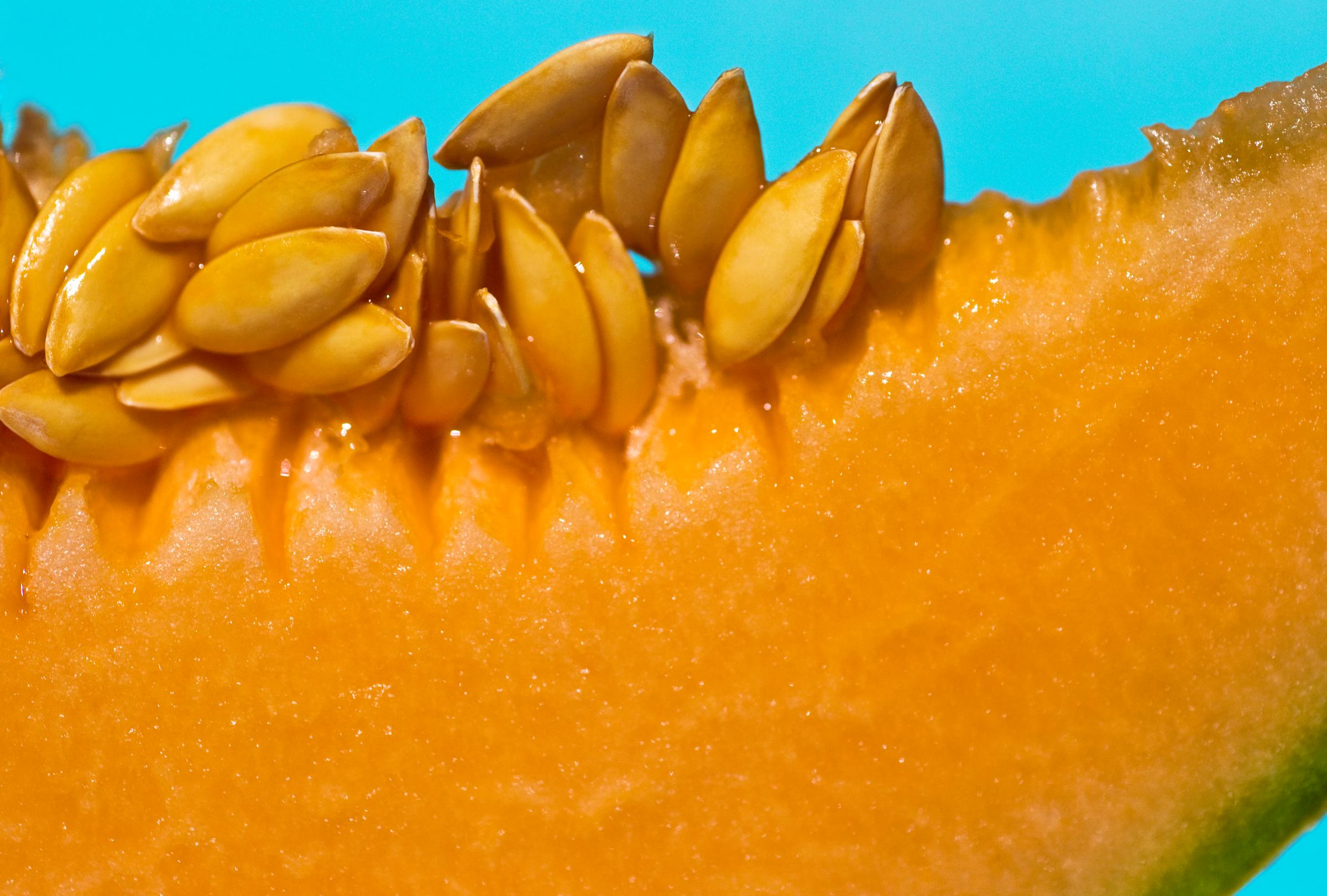
The sweet melon contains beta carotene, or vitamin A, which is believed to regulate the growth of skin cells on your scalp and sebum in the skin’s outer layer, Dr. Zeichner says. This keeps pores from getting clogged and causing flakes.
This article originally appeared on Health.com
More from Health.com:
More Must-Reads from TIME
- Cybersecurity Experts Are Sounding the Alarm on DOGE
- Meet the 2025 Women of the Year
- The Harsh Truth About Disability Inclusion
- Why Do More Young Adults Have Cancer?
- Colman Domingo Leads With Radical Love
- How to Get Better at Doing Things Alone
- Michelle Zauner Stares Down the Darkness
Contact us at letters@time.com